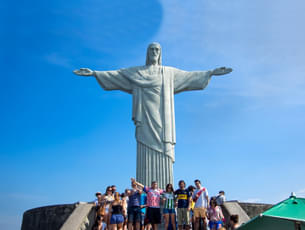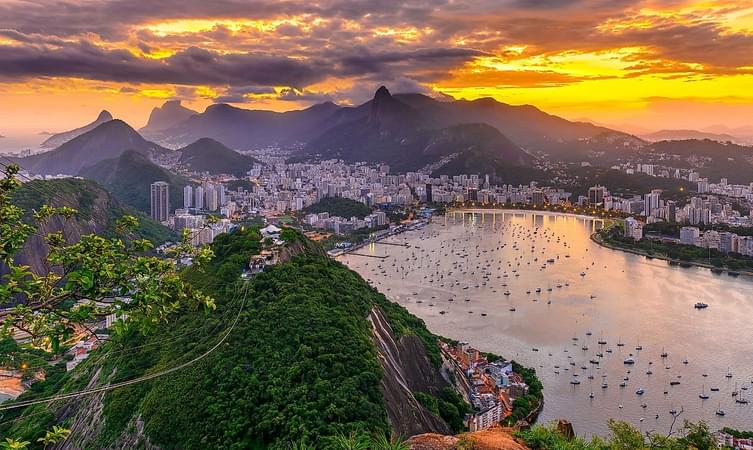
Guanabara Bay, located in southeastern Brazil, is a stunning natural harbor surrounded by Rio de Janeiro. Known for its iconic views, including Sugarloaf Mountain and Christ the Redeemer, it hosts diverse marine life, historical forts, and vibrant coastal activities.
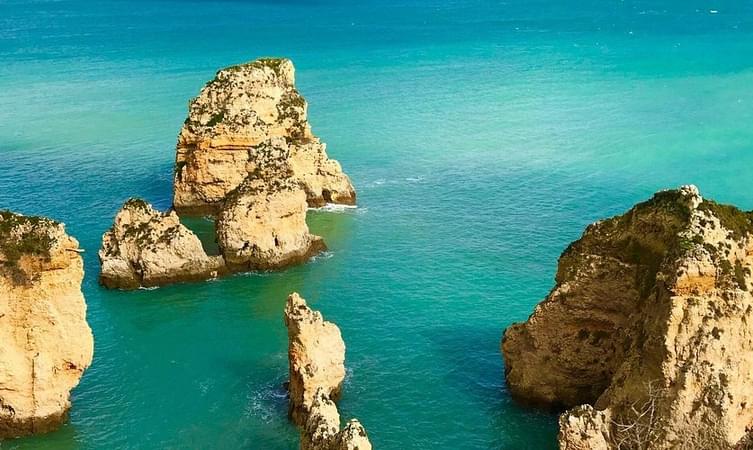
Piedade Island, located off the coast of Brazil, is a serene and picturesque destination known for its crystal-clear waters, rich marine life, and lush greenery. A popular spot for diving and eco-tourism, it offers a tranquil escape for nature lovers.
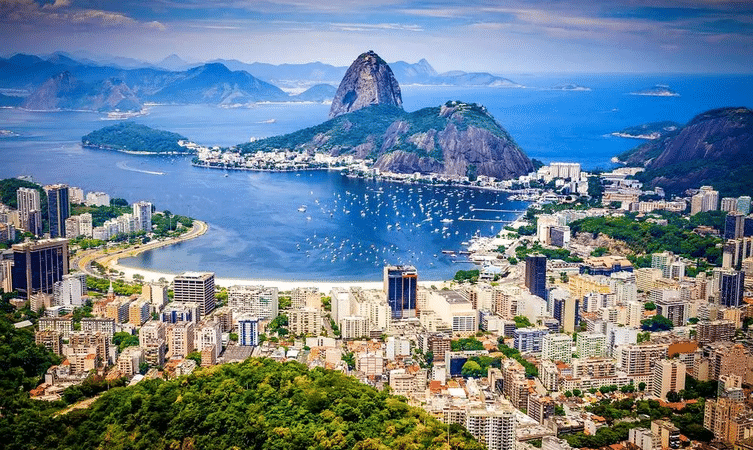
Sugarloaf Mountain (Pão de Açúcar) is a prominent peak situated at the entrance of Guanabara Bay in Rio de Janeiro, Brazil. Rising 396 meters (1,299 feet) above the harbor, it is renowned for its unique, rounded shape and offers breathtaking panoramic views of the city and its surrounding landscapes, including the famous beaches of Copacabana and Ipanema, and the Christ the Redeemer statue.

The Centro do Rio de Janeiro is a bustling hub, blending historic architecture with modern skyscrapers, cultural landmarks like the Theatro Municipal, and vibrant street life, epitomizing the city's dynamic spirit.
.jpg?w=753&h=450&dpr)
Sambadrome Marquês de Sapucaí, located in Rio de Janeiro, Brazil, is a world-renowned parade avenue designed by the famous architect Oscar Niemeyer. This iconic venue, inaugurated in 1984, serves as the epicenter of Rio's vibrant Carnival celebrations. Stretching over 700 meters, it features grandstands that can accommodate approximately 90,000 spectators, offering them an unobstructed view of the spectacular samba parades. The Sambadrome is not just a parade ground but a cultural symbol, showcasing the rich heritage and exuberant spirit of Brazilian samba schools.

Dentista Beach, or *Praia do Dentista*, is a stunning beach located on Ilha da Gipóia, near Angra dos Reis in Rio de Janeiro, Brazil. Known for its crystal-clear turquoise waters and soft white sand, it is a favorite destination for boaters and beach lovers seeking a tranquil escape. The beach gets its name ("Dentist's Beach") from the legend that a well-known dentist frequently visited it.
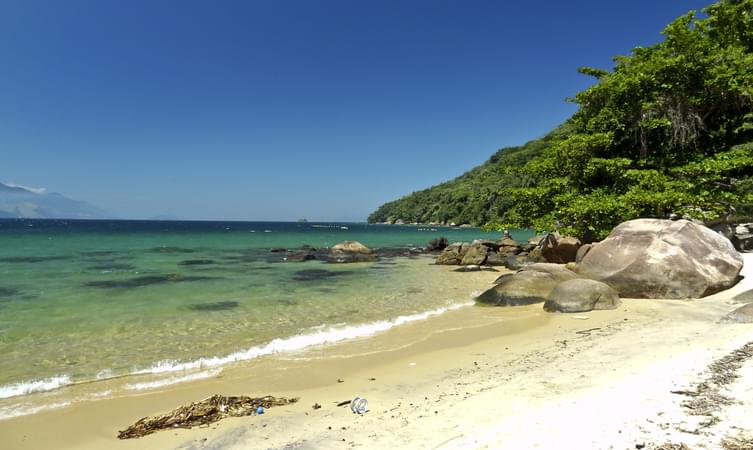
Freguesia de Santana Beach, located on Ilha Grande in Rio de Janeiro, is a hidden paradise known for its serene atmosphere and historical significance. This tranquil beach features calm, crystal-clear waters, making it perfect for swimming, kayaking, and snorkeling.
Beyond its natural beauty, the area is home to the historic Church of Santana, built in the 18th century, adding a cultural touch to the scenic landscape. Surrounded by lush greenery and soft golden sand, Freguesia de Santana Beach offers a peaceful retreat away from the crowds, making it an ideal spot for relaxation and exploration on Ilha Grande.
.jpg?w=753&h=450&dpr)
Parque das Ruínas in Santa Teresa, Rio de Janeiro, is a historic cultural center set in the remains of a 19th-century mansion. Offering stunning panoramic city views, it hosts art exhibitions, performances, and events. The blend of ruins and modern structures creates a unique atmosphere, making it a must-visit for history and art lovers.
Lapa

Lapa, Rio de Janeiro, pulses with vibrant energy and sizzling nightlife. Famous for its iconic arches, lively streets, and historic landmarks, it's a cultural hotspot where samba rhythms fill the air and locals and tourists alike come together to dance, drink, and celebrate until the early hours of the morning.
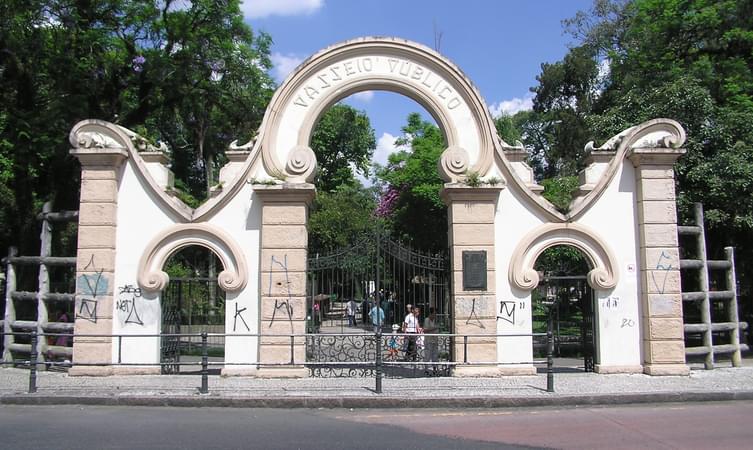
Passeio Público is a historic urban park commonly found in several Brazilian cities. For example, in Curitiba, it was founded in 1886, featuring lakes, artificial islands, and rich fauna. The Rio de Janeiro Passeio Público, inaugurated in 1783, is the oldest public park in Brazil, designed by Mestre Valentim with later contributions by Glaziou, showcasing French-style gardens and fountains.

Escadaria Selarón, also known as the Selarón Steps, is a vibrant and colorful mosaic staircase located in Rio de Janeiro, Brazil. Created by Chilean-born artist Jorge Selarón, the steps feature over 2,000 tiles collected from more than 60 countries. Spanning 215 steps, this artistic masterpiece connects the neighborhoods of Santa Teresa and Lapa. Selarón began his work in 1990 as a tribute to the Brazilian people, transforming the steps into an ever-evolving canvas. Today, the Selarón Steps are a popular tourist attraction, celebrated for their stunning, eclectic beauty and the artist's dedication to his vision.
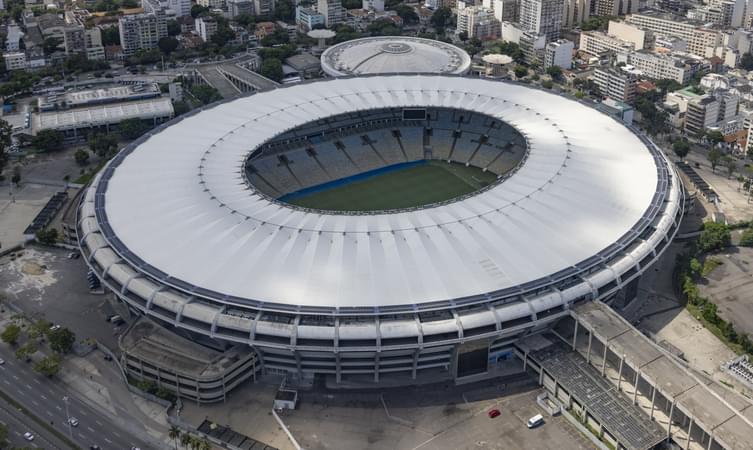
Maracanã Stadium, officially named Estádio Jornalista Mário Filho, is an iconic football stadium located in Rio de Janeiro, Brazil. Opened in 1950 for the FIFA World Cup, it originally hosted up to 200,000 spectators, making it one of the largest stadiums in the world.
Santa Teresa

Santa Teresa in Rio de Janeiro is a bohemian neighborhood nestled on a hillside, offering stunning views of the city below. Known for its charming cobblestone streets, vibrant art scene, and eclectic mix of cafes and galleries, Santa Teresa exudes a unique cultural vibe that attracts both locals and tourists alike.
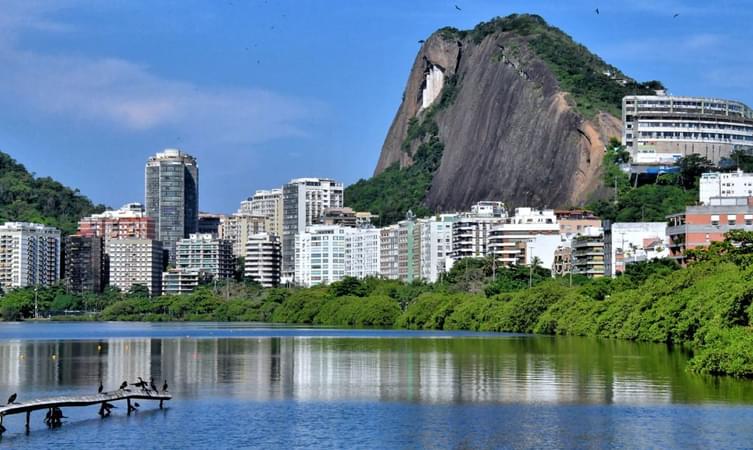
Rodrigo de Freitas Lagoon, located in Rio de Janeiro, Brazil, is a scenic freshwater lagoon surrounded by lush greenery and stunning landscapes. Popular for outdoor activities like jogging, cycling, and paddle boating, it offers a tranquil escape from the bustling city. The lagoon's beauty captivates both locals and tourists alike.
Cosme Velho
.jpg?w=753&h=450&dpr)
Cosme Velho is a charming neighborhood nestled in the hills of Rio de Janeiro, Brazil. Its picturesque streets wind through lush vegetation, offering breathtaking views of the city and the iconic Christ the Redeemer statue atop Corcovado Mountain.
One of the neighborhood's main attractions is the Corcovado Train, which takes visitors on a scenic journey through Tijuca National Park to reach the Christ the Redeemer statue. The journey provides stunning vistas of Rio's landscape, making it a must-visit for tourists and locals alike.
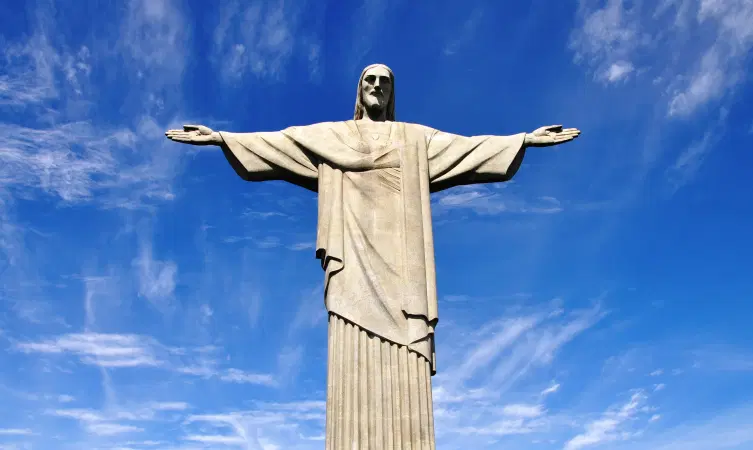
Christ the Redeemer (Cristo Redentor) is an iconic statue of Jesus Christ located in Rio de Janeiro, Brazil. Standing at 30 meters (98 feet) tall, excluding its 8-meter (26-foot) pedestal, the statue is situated atop the 700-meter (2,300-foot) Corcovado Mountain in the Tijuca National Park. Designed by French sculptor Paul Landowski and constructed by Brazilian engineer Heitor da Silva Costa, it was completed in 1931 after nine years of work.
Ilha Grande
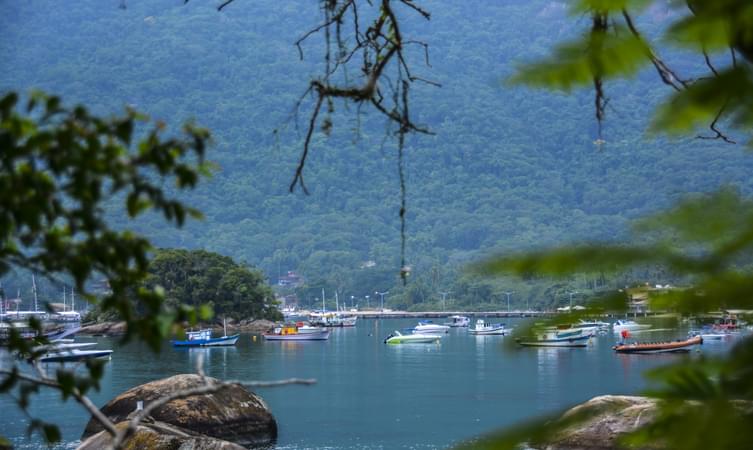
Ilha Grande, located off the coast of Rio de Janeiro, is a tropical paradise known for its pristine beaches, lush rainforests, and crystal-clear waters. A haven for nature lovers, it offers hiking trails, snorkeling, and boat tours. With no cars allowed, the island maintains a serene atmosphere, making it a perfect escape from city life.





